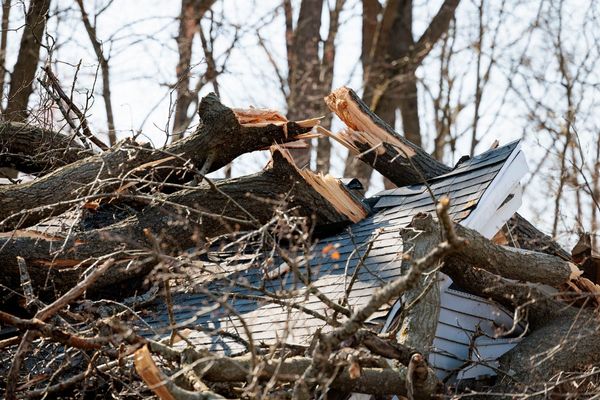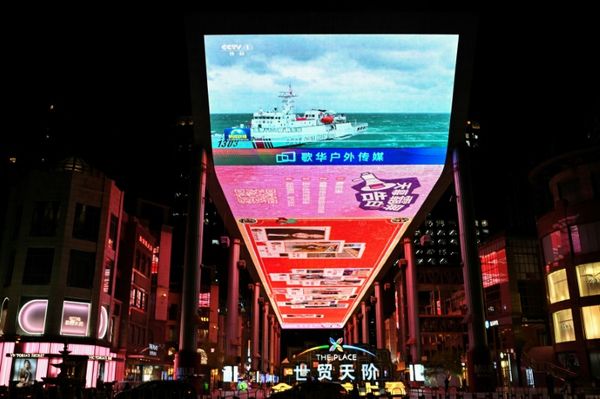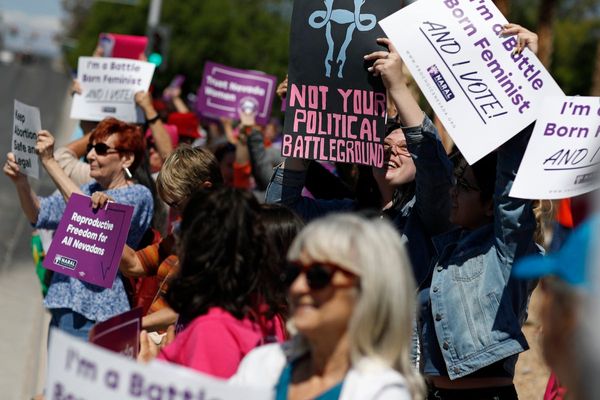
Rwanda-backed rebels have seized Goma in eastern Congo, marking a significant escalation in one of Africa's longest wars. The rebels, known as M23, have captured the government's last stronghold in the mineral-rich region, raising concerns about worsening humanitarian conditions and the potential for a wider regional conflict.
Who are the rebels and what do they want?
The M23 group, primarily composed of ethnic Tutsi, emerged from a defeated insurgency against the Congolese government in 2012. The group claims to defend ethnic Tutsi and Congolese of Rwandan origin from discrimination, although critics argue it serves as a pretext for Rwanda to gain economic and political influence in eastern Congo.
What's the role of neighboring Rwanda?
Congo, the United States, and U.N. experts accuse Rwanda of backing the M23 rebels. Rwanda has denied direct involvement but acknowledged having troops in eastern Congo for security reasons. The presence of Rwandan forces in the region has raised tensions and fueled the conflict.
Reasons behind the fighting
Eastern Congo's abundance of valuable minerals, including cobalt and gold, has long attracted armed groups and external actors seeking control over these resources. The region's history of violence dates back to the aftermath of the 1994 Rwandan genocide, leading to protracted conflicts and significant loss of life.
Significance of Goma for the rebels







Goma serves as a crucial hub for trade, security, and humanitarian efforts in the region. The city's capture by the rebels represents a major blow to government forces and could have dire consequences for civilians, including heightened human rights violations and abuses.
Outlook and civilian impact
The current situation has left millions of civilians displaced and facing desperate conditions. The capture of Goma by the rebels poses a significant challenge for resolving the conflict, with analysts suggesting a more prolonged and complex negotiation process compared to previous instances.
As the crisis unfolds, the humanitarian situation remains critical, with thousands fleeing their homes and seeking refuge in overcrowded displacement centers. The international community is closely monitoring the situation, with concerns about the escalating conflict and its impact on civilian populations.







